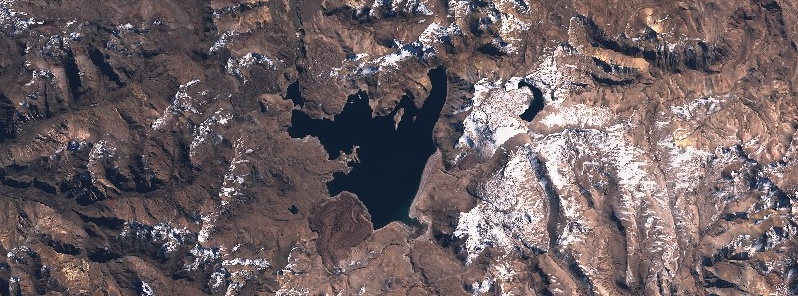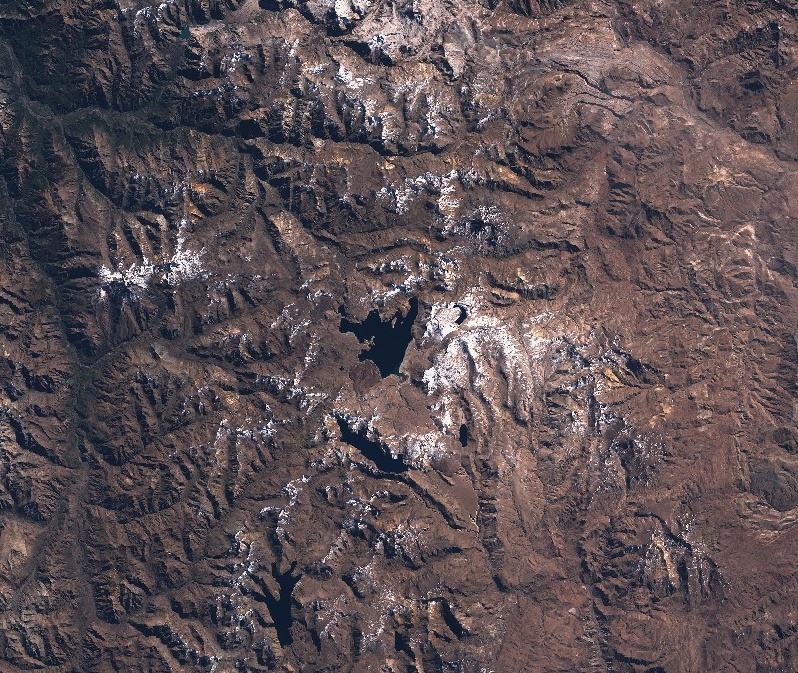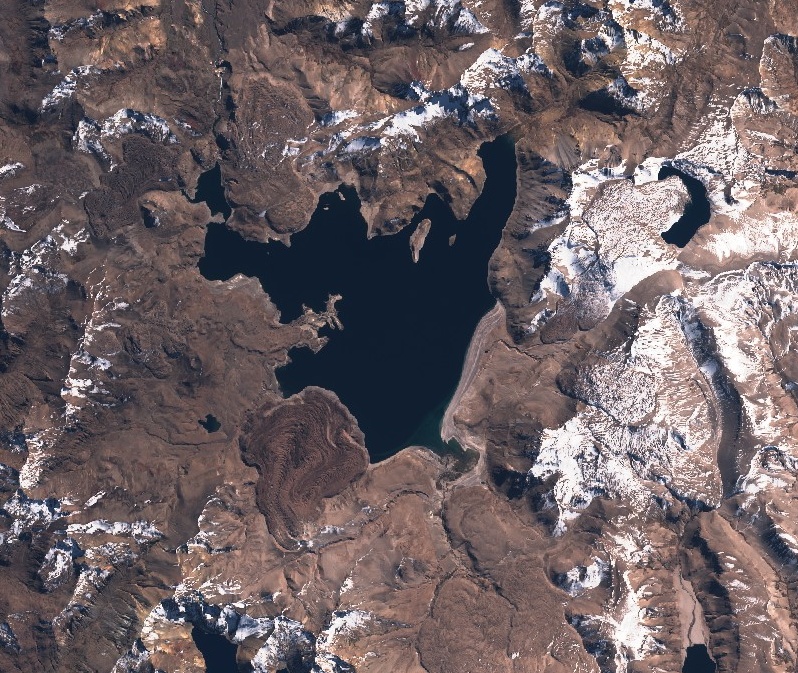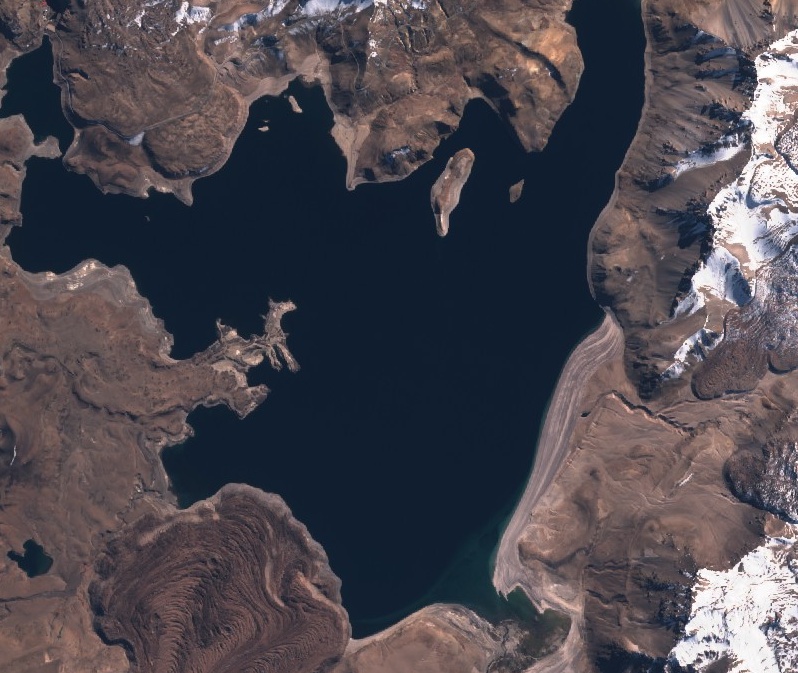Alert raised for Laguna del Maule volcano – its last eruption took place some 2 000 years ago, Chile

According to the information provided by OVDAS – SERNAGEOMIN, the technical alert level for the Laguna del Maule Volcanic Complex was raised to Yellow on June 18, 2020. The parameters of the volcano are unstable and above the base threshold, suggesting an eruption could develop in the weeks and months ahead.
Authorities reported that they have identified at least 30 individual eruption centers with an important record of eruptions during the last 25 000 years.
Although there were no eruptions at the complex over the past 2 000+ years, the data obtained with instrumental monitoring (eg. constant deformation in the past 10 years) ratify that this is an active volcanic system.
Swarms of small-magnitude volcano-tectonic earthquakes, commonly associated with fracturing of rocky material, were detected on June 11, 13, and 16 southwest of the Maule Lagoon (Las Nieblas sector).
In addition, field data collected over the past couple of months show CO2 emissions in the same sector.
"In summary, and although the registered seismic events are energetically low, this seismic process stands out for the persistence in its occurrence and location, which added to the found gas anomaly and constant deformation, and allowed us to consider that the volcanic complex is above its base level," Chile's National Office of Emergency of the Interior Ministry (ONEMI) said.
Based on the technical information provided by SERNAGEOMIN and in coordination with the ONEMI Regional Directorate, the Maule Region officials declared a Yellow Alert for the San Clemente, effective June 18 and until conditions warrant.
The Civil Protection System recommends applying preventive restrictions on access around the passive CO2 degassing center, with a radius of 2 km (1.2 miles).



Laguna del Maule, Chile on May 13, 2020. Credit: Copernicus EU/Sentinel2
Geological summary
The 15 x 25 km (9 x 15 miles) wide Laguna del Maule caldera contains a cluster of small stratovolcanoes, lava domes, and pyroclastic cones of Pleistocene-to-Holocene age. The caldera lies mostly on the Chilean side of the border, but partially extends into Argentina.
Fourteen Pleistocene basaltic lava flows erupted down the upper part of the Maule river valley.
A cluster of Pleistocene cinder cones was constructed on the NW side of the Maule lake, which occupies part of the northern portion of the caldera. The latest activity produced an explosion crater on the E side of the lake and a series of Holocene rhyolitic lava domes and blocky lava flows that surround it. (GVP)
Featured image: Laguna del Maule, Chile on May 13, 2020. Credit: Copernicus EU/Sentinel

DAMN IT, LOOK HOW MANY EXTINCT AND DORMANT VOLCANOES WE HAVE WOKEN UP WITH OUR EMISSION OF GREENHOUSE GASES……………….Al Gore and Greta Thunberg will be very upset.
Human activity has nothing to do with reviving volcanoes. If you live in a volcanic area you will see that the CO2 emission in a volcano is completely natural. in this case the CO2 emission and the seismic activity of this volcanic complex shows that it is an active volcano. as well as the Yellowstone volcanic complex in the United States. If there is no historical record of activity on a volcano, the only way to know that the volcano is active is to see its hydrothermal activity, CO2 emissions, steam emissions, or seismic activity.